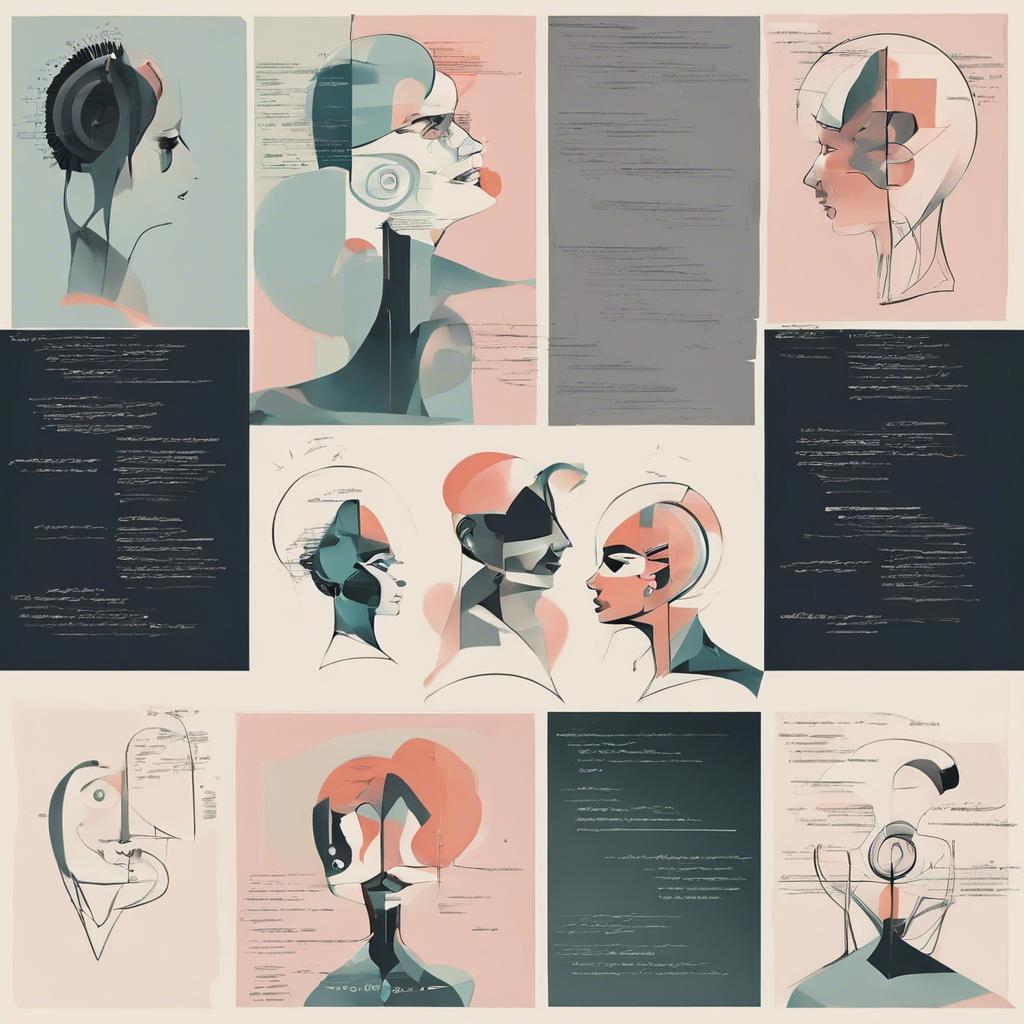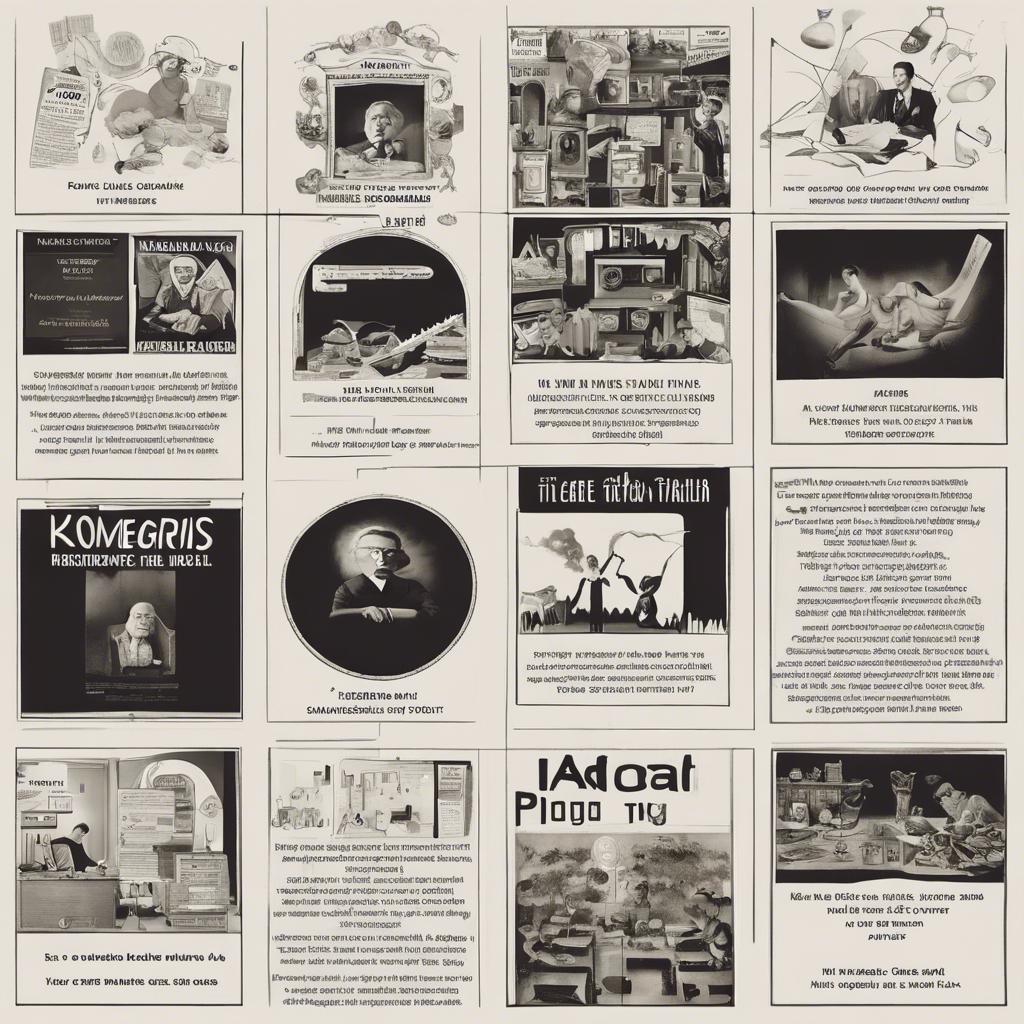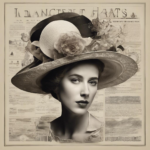In the refined and elegant society of Regency-era England, wit and humor were prized commodities, serving as both entertainment and social commentary for the fashionable elite. From drawing rooms to salons, the art of jesting flourished, with a rich tapestry of jokes reflecting the heightened manners and etiquette of the time. Join us as we delve into the world of Regency-era jokes, exploring the clever wordplay and biting satire that amused and titillated the upper echelons of society during this captivating period in history.
Step Into the World of Cheryl Bolen
Dive into the enchanting stories of love, intrigue, and elegance set in the Regency Era. Cheryl Bolen's novels offer timeless romance and captivating tales that will leave you wanting more.
Explore Cheryl Bolen's Books Now
Headings:
The Regency era was a time filled with elegant balls, luxurious dresses, and witty banter. In between the dances and social gatherings, people of the Regency era loved to entertain themselves with clever jokes and humorous stories. Here are some Regency era jokes that would have surely brought a smile to the faces of the aristocracy:
1. A Viscount, a Duke, and an Earl walk into a ballroom…
- Viscount: Did you hear about the scandal involving Lady Waverley?
- Duke: Yes, it was quite shocking! I heard she was caught sneaking out of Lord Harrington’s study.
- Earl: Well, I always knew she had a penchant for adventure!
2. How many dukes does it take to change a candlestick?
- None, they have footmen for that!
| Regency Joke | Punchline |
|---|---|
| Why did the Marquess bring a ladder to the ball? | Because he heard the ladies love high society! |
| What do you call a group of haughty dowagers? | A pride of peacocks! |
Humor in the Regency Era: A Look at Jokes and Wit
During the Regency Era, humor was an essential part of social interactions, with jokes and wit playing a significant role in entertaining gatherings. One popular form of humor during this time was the cleverly crafted one-liners known as bon mots. These witty remarks often contained a play on words or a clever observation that delighted and amused the audience.
Another common form of humor in the Regency Era was the use of satire and parody. Satirical writings, such as those by authors like Jane Austen and Jonathan Swift, poked fun at societal norms and conventions, providing a humorous commentary on the absurdities of the time. Parodies of popular works and genres also gained popularity, offering a comedic twist on familiar stories and themes.
Humor in the Regency Era was not limited to verbal jokes and written satire – it also extended to visual humor. Caricatures and cartoons lampooned political figures, socialites, and celebrities of the time, using exaggerated features and situations to create comic effect. These humorous illustrations provided a light-hearted and often critical view of the individuals and events that shaped Regency society.
The Role of Satire and Political Commentary in Regency Era Jokes
Satire and political commentary played a crucial role in shaping Regency era jokes, providing a platform for individuals to critique societal norms and political figures in a lighthearted manner. During this time period, wit and humor were highly valued, making satire an effective tool for challenging authority and initiating social change.
In Regency era jokes, political commentary often targeted the aristocracy and government officials, using exaggerated caricatures and absurd scenarios to highlight the flaws and absurdities of those in power. These jokes served as a form of resistance against oppressive rule, allowing individuals to express dissent while maintaining a sense of humor.
Through clever wordplay and sharp wit, satirical commentary in Regency era jokes enabled individuals to engage in critical discourse without fear of reprisal. By using humor to address serious issues, such as corruption and inequality, individuals were able to spark conversation and inspire change in a society that was often resistant to reform.
Recommendations for Understanding and Appreciating Regency Era Humor
In order to fully appreciate the humor of the Regency Era, it is important to understand the social and cultural context in which it emerged. The following recommendations will help you gain a deeper insight into the jokes and wit of this time period:
- Read Literature of the Time: Dive into the works of famous Regency Era authors such as Jane Austen and Georgette Heyer. Their novels are filled with clever dialogue and satirical humor that reflect the society of the time.
- Study the Etiquette: The strict social rules and manners of the Regency Era often provided fodder for comedic situations. Familiarize yourself with the etiquette of the time to better understand the humor in various situations.
- Watch Film Adaptations: Many classic novels of the Regency Era have been adapted into films and TV shows. Watching these adaptations can help you visualize the humor and wit of the time period.
By immersing yourself in the literature, etiquette, and visual representations of the Regency Era, you will be better equipped to understand and appreciate the humor that was prevalent during this fascinating period in history.
Exploring the Influence of Regency Era Jokes on Modern Comedy
During the Regency Era, humor played a significant role in entertainment and social interactions. Jokes from this time period not only provided amusement but also served as a commentary on society and cultural norms. The wit and satire found in Regency Era jokes have had a lasting impact on modern comedy, influencing the style and content of jokes told today.
One key aspect of Regency Era jokes that continues to resonate with modern audiences is their clever wordplay and innuendo. Many jokes from this time period relied on puns, double entendres, and clever twists of language to elicit laughter. This tradition of linguistic humor can be seen in the stand-up routines of comedians, the scripts of sitcoms, and the memes shared on social media platforms.
Furthermore, Regency Era jokes often lampooned societal conventions, poking fun at the aristocracy, courtship rituals, and etiquette of the time. This tradition of using comedy to critique and subvert societal norms can be found in contemporary satire and political humor. By , we gain a deeper appreciation for the evolution of humor and its power to shape cultural discourse.
In Conclusion
the jokes of the Regency era offer a fascinating glimpse into the humor and wit of the period. From clever wordplay to satirical commentary on society, these jokes reflect the values and traditions of a bygone era. As we continue to explore and appreciate the cultural legacy of the Regency period, let us not forget the role that humor played in shaping the social fabric of the time. So let us raise a glass to the jesters and wags of the Regency era, whose wit and humor continue to entertain and enlighten us to this day.


